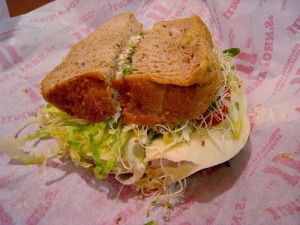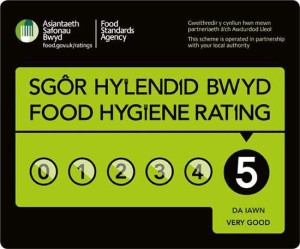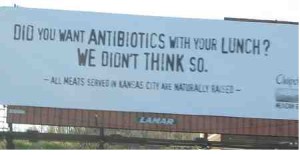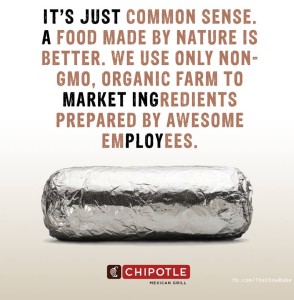Food Safety Talk, a bi-weekly podcast for food safety nerds, by food safety nerds. The podcast is hosted by Ben Chapman and barfblog contributor Don Schaffner, Extension Specialist in Food Science and Professor at Rutgers University. Every two weeks or so, Ben and Don get together virtually and talk for about an hour. They talk about what’s on their minds or in the news regarding food safety, and popular culture. They strive to be relevant, funny and informative — sometimes they succeed. You can download the audio recordings right from the website, or subscribe using iTunes.
Ben and Don start by catching up about technology. Ben is quite excited about Google fiber coming to Raleigh, NC, Don, already subscribed to Verizon fios says that the fiber is great. Ben then leads a discussion about his new obsession, the Wake Forest Community discussion board on Facebook. The page is a forum for pretty much anything from tooth abscesses, to snakes, to local business ratings. The guys delve into the community forum concept and explore the intersection with food safety (sale of goods, transportation from out of state). Don mentions that he has been volunteering with the innovation committee in Freehold borough who also is looking at a community forum. Ben introduces the concept of lip dubbing and Don provides his favorite, a NFL video about reading of lips incorrectly.
The real food safety portion of the podcast starts by Don talking about Better Process Control School. Don talked about some feedback he was giving to a couple of small companies about aseptic processing, challenge studies and jacketed kettles, and expressed some frustration with FDA because sometimes their interpretation of science isn’t clear.
The discussion goes into regulatory hurdles, retail food safety, variances and HACCP plans. Ben talked about an individual that is interested in food sustainability who is looking to divert food waste from restaurants to pantries, using reduced oxygen packaging for storage and transport. The guys talk about regulating food even that is given away (but not it all states) and the variance process.
NC Senator Thom Tillis garnered headlines for suggesting that restaurants be allowed to opt out of handwashing regulations as long as they post a disclosure or advisory – or replacing one regulation with another. The podcast ends with a discussion of a possible norovirus outbreak at NC State.











